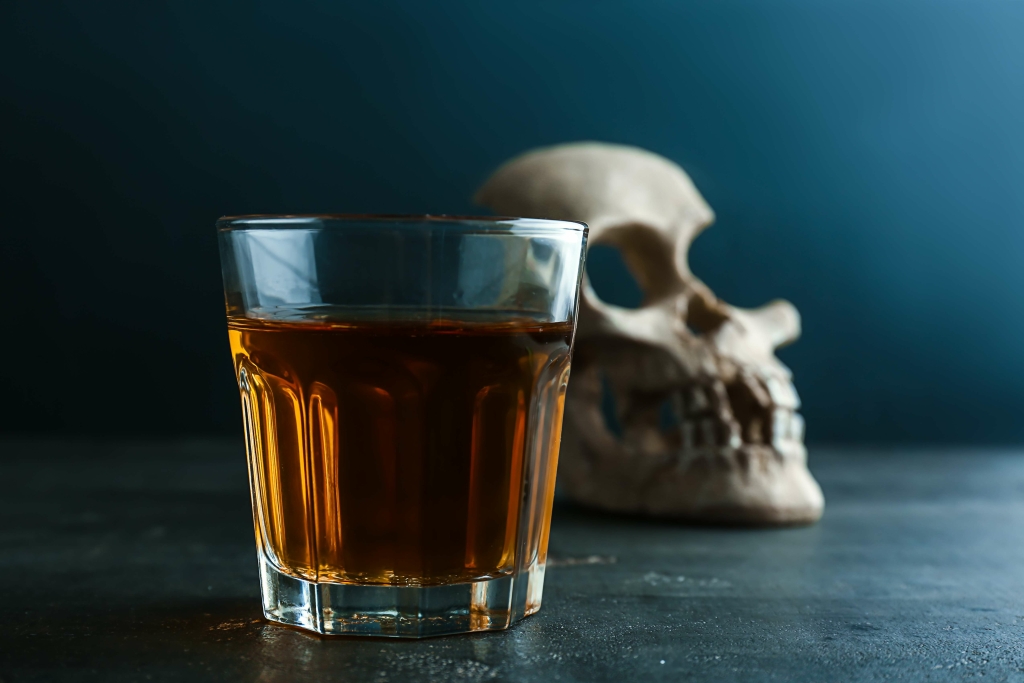And according to her memoir, Kutcher tried to play the photo off as a joke, but he was actually just trying to embarrass her. Moore said she had broken her two decades of sobriety by drinking again and taking 12 Vicodin pills a day. She went on to explain that she became passionate about the rights of young women after having three daughters. “I hope through my actions and how I live, one creates a clearer path for them. And that it inspires them to be the beautiful, powerful, young women that they are.” She moved in with daughter Rumer Willis (who plays smart-mouthed musician Tory Ash on the show) for the duration of her filming, though unfortunately for Moore, she wasn’t needed for long. Despite all the noise made by her camp in the run-up to her return, the Striptease star only had a six-episode arc on Empire, culminating in her character Claudia being arrested for kidnapping Lucious (Terrence Howard).
Miscarriage at 42 and divorce
This material may not be published, broadcast, rewritten, or redistributed. The scariest moment of Moore’s downward relapse spiral happened seven years ago, when she was rushed to the hospital after suffering a seizure at a birthday party she attended with Rumer. Moore had smoked synthetic marijuana and inhaled nitrous oxide, also known as “whip-its”. Moore would later say that she felt as if she was “going into the light”, reminiscent of scenes from Ghost.
TRAUMA-INTEGRATED ADDICTION TREATMENT
She signed with a modeling agency, took drama classes, and began doing pin-up work in Europe. Three months before her 17th birthday, Demi began a relationship with musician Freddy Moore, who is 12 years her senior. Although they divorced in 1985, she continues to use his last name professionally. Demi made her brief film debut in Choices in 1981, and soon landed a recurring role on the ABC soap acute and chronic effects of cocaine on cardiovascular health pmc opera General Hospital. By the mid-1980’s her movie career began to take off after she garnered lead roles in Blame It on Rio, St. Elmo’s Fire, and About Last Night… Moore was considered to be part of the “Brat Pack” of up-and-coming young performers. During the beginning stages of their relationship, both were highly supportive of one another, and Kutcher loved to shower Moore with affection.
- Moore began to drink more heavily as time went on, and started to abuse Vicodin after an oral surgery.
- “I don’t think it was a straightforward transaction, but she still did give him the access and put me in harm’s way,” she told Sawyer.
- Her performance was praised and earned her a Golden Globe Award nomination.
- Demi Moore says that ex-husband Ashton Kutcher downplayed her alcohol addiction during one of her low points.
- “They made it clear to her weeks ago that they do not want to talk to her right now but she is still trying to contact them. Demi has been calling them incessantly and emailing them, leaving them tearful messages and begging them to call her and the girls are sick of it.”
What Does Demi Moore’s Story Mean to YOU?
“It was like a few pictures of me on a boat and I’m all, like, bloated out, and I call it pills-and-booze face….My face was just like 10 times more than it is now. And I just didn’t like myself very much, so then I made a change.” The two split up in 2011, and Moore experienced intense struggle drug-induced tremor during their break-up and its aftermath. In a 2012 incident, Moore smoked an unknown substance that caused her to have a seizure. Later hospitalized anorexia and substance abuse, Moore sought treatment for her substance abuse and co-occurring disorders, and has been sober ever since.
Demi Moore: The Real Reason We Don’t Hear From Her Anymore
The former Punk’d presenter told Conan O’Brien (via Telegraph) that he was pretty sure the dolls had souls. “Rumer, Scout and Tallulah are seriously considering taking out a restraining order against Demi to stop her from contacting them,” an insider told Radar Online. “They made it clear to her weeks ago that they do not want to talk to her right now but she is still trying to contact them. Demi has been calling them incessantly and emailing them, leaving them tearful messages and begging them to call her and the girls are sick of it.” Moving forward has proven difficult for Demi Moore, however, and family troubles have only added to her isolation in recent years. She didn’t see it that way, however, and neither did Ridley Scott, who signed off on an $11 million pay packet so she would star in 1997’s G.I Jane. That would be the last eight figure sum she would receive, as studios became wise to her salary demands.
She later took a break from Hollywood to raise her three daughters with then-husband Bruce Willis. “I think that we did a magnificent job of making sure that our children knew they were loved,” she said. “I don’t think it was a straightforward transaction, but she still did give him the access and put me in harm’s way,” she told Sawyer. Surprisingly, Moore dedicated the tome to her mother and her own three daughters. Footage of the frivolities (shot by Entertainment Tonight) first found its way online in 2012 but has been largely ignored until recently.
She was not the stylized deity venerated on magazine covers, not the inadvertent pioneer for pay equity in her industry, nor the walled-off enigma who, by her own design, resisted most efforts to reveal the authentic person behind the adamantine roles she played. Demi Moore is opening up about her struggles with ex-husband Ashton Kutcher and the effects their relationship had on her three daughters. The 56-year-old actress, whose mother was also an alcoholic, previously claimed he cheated and begged for threesomes as she continued to churn out shocking revelations in her new book.
“I still put it off and was trying to slow down on my own, like, ‘All right I’m only gonna let myself take two pills today. I’m only gonna drink this much of my bottle and make a mark on the bottle,'” he recalled. “And it would work a couple days—and then somebody throws a party.” “I have always been transparent about my journey with addiction,” she wrote on Instagram two weeks later. “That was the first time I ever realized I had a problem with drugs and alcohol,” Cooper recalled during a 2022 appearance on the Smartless podcast. In May 2023, the One Direction alum celebrated being 100 days sober.”I feel amazing,” he said at the time.
“I feel really, really good, and support from the fans and everything has been really, really good.” The actress, who was joined by daughters Tallulah and Rumer Willis, has previously said she lost a baby girl she would have named Chaplin Ray. Moore said she and Kutcher took a trip together following her miscarriage and that they allegedly had a conversation about alcoholism during dinner.
It might seem hard to believe now, but at one point Demi Moore was Hollywood’s highest paid female. Kutcher drank a glass of red wine and told Moore, ‘I don’t know if alcoholism is a real thing – I think it’s all about moderation,’ the Roswell, New Mexico-born beauty said in her new book, according to Radar. “The most amazing thing about this journey for us as a family is that in a lot of ways it has allowed for a different level and depth of communication that I don’t know we would have had otherwise,” Willis told “Addiction Talk” host Joy Sutton during an Instagram live on Monday.
When her sister visited her in the summer of 1998 and brought along prescribed painkillers for a rib injury, Curtis said she hit her rock bottom. “I knew she had them in her suitcase in our guest room closet,” she told the publication, crying at the memory. Cyrus shared in 2022 that she’s been in recovery for her Xanax addiction since 2020. “It gave me so much structure in the time that I really needed structure, because I didn’t want to just be sitting around and stirring in my brain,” she told Rolling Stone.
At one point, she recalls him saying, “I don’t know if alcoholism’s a thing. I think it’s about moderation.” So to appease his misconception about her disease, she relapsed and started drinking again, ending twenty years of sobriety. Because, as she says, “When you don’t have an off switch, you go until you can’t go anymore.” Much worse, Moore claims that Kutcher would methamphetamine oral route side effects mock and shame her by taking pictures of her when she was drunk. When I went too far, though, he let me know how he felt by showing a picture he’d taken of me resting my head on the toilet the night before,” she writes in Inside Out. But it was really just shaming.” Third, about two years into the marriage, Moore got pregnant, but it unfortunately wasn’t meant to be.





